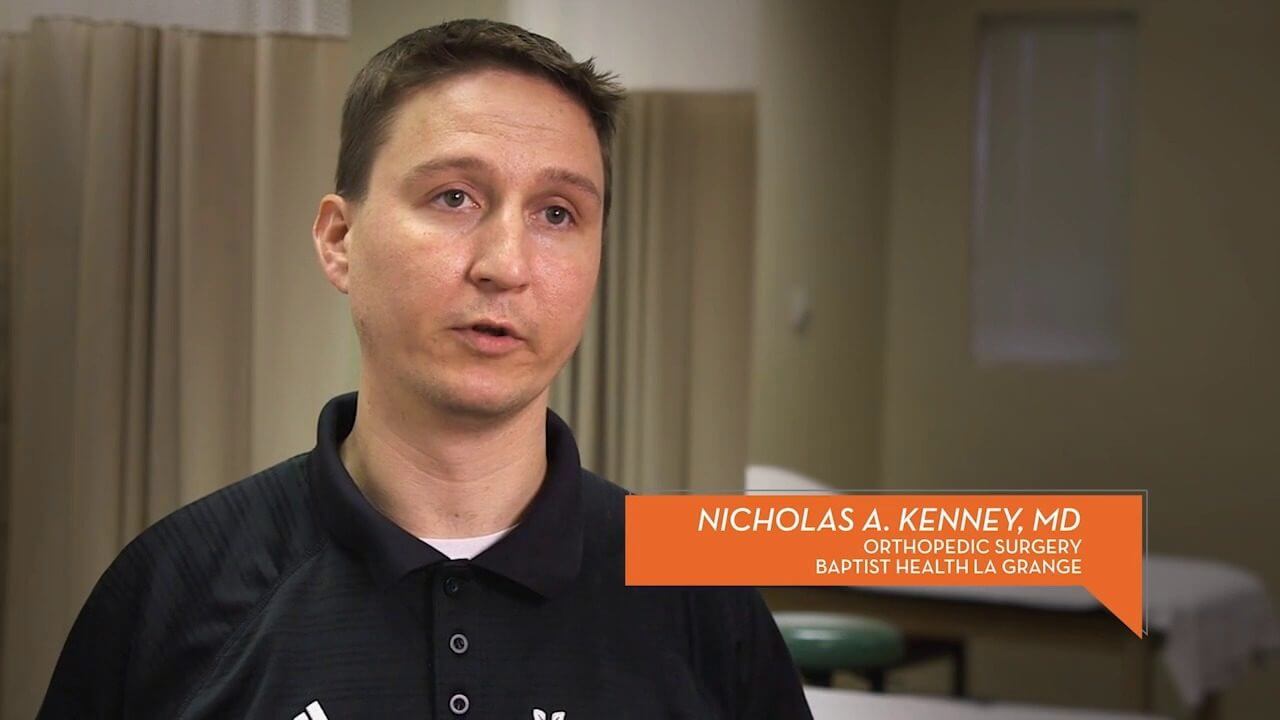Screening and Preventing Osteoporosis
Baptist Health La Grange: Screening and Preventing Osteoporosis
Doctor Tannika Christensen explains why it’s important to have bone density screenings, describes the risk factors for osteoporosis, and provides tips for preventing the disease.
Screening and Preventing Osteoporosis Health Talks Transcript
Tannika Christensen, MD, Family Medicine
Osteoporosis is a bone disorder characterized by decreased bone strength, which leads to an increased risk of fracture. Bone density naturally decreases with age, but there are certain risk factors that can accelerate bone loss. Post-menopausal females are at the highest risk for developing osteoporosis, particularly those with family history and those who have low body mass. Osteoporosis is a silent disease because there are really no symptoms prior to the onset of a fracture. This is why screening is so important. Osteoporosis is diagnosed by an imaging test. There are several available. We often use the DEXA scan, which assesses bone density. Screening is recommended at age 65 for women and at age 70 for men. The focus on osteoporosis should be on prevention. The basics of bone health include adequate calcium intake, primarily through the diet, but also with the use of a supplement, if needed, weight-bearing and strengthening exercises, avoidance of smoking, and measures to prevent falls. The prevention of osteoporosis begins in childhood. Ninety percent of peak bone mass is achieved by age 18 or 20 and this continues up until about age 30.



